Description
Azelaic Acid: The Unsung Hero for Brighter, Clearer Skin
Azelaic acid might not be a household name like retinol or salicylic acid, but this gentle yet effective ingredient is quickly gaining recognition for its impressive benefits across a range of skin concerns. Derived from grains like barley, wheat, and rye, azelaic acid is a naturally occurring dicarboxylic acid prized for its ability to address acne, hyperpigmentation, and even rosacea.
So, what makes azelaic acid such a versatile and valuable addition to your skincare routine? Let’s delve into its key benefits and how to incorporate it into your regimen:
A Multifaceted Approach to Skin Health:
Azelaic acid’s power lies in its ability to target multiple skin issues simultaneously. Here’s a breakdown of its key benefits:
- Combats Acne: Azelaic acid is a potent weapon against acne. It works by:
- Unclogging Pores: It helps to normalize skin cell turnover, preventing the buildup of dead skin cells that can clog pores and lead to breakouts.
- Killing Bacteria: It possesses antibacterial properties, targeting Cutibacterium acnes (formerly Propionibacterium acnes), the bacteria primarily responsible for acne.
- Reducing Inflammation: It helps to calm inflammation associated with acne, reducing redness and swelling.
- Brightens Dark Spots and Hyperpigmentation: One of azelaic acid’s most celebrated benefits is its ability to fade dark spots, melasma, and post-inflammatory hyperpigmentation (PIH). It does this by inhibiting tyrosinase, an enzyme responsible for melanin production. By reducing melanin production, it helps to even out skin tone and brighten the complexion.
- Soothes Rosacea: Rosacea is a chronic skin condition characterized by redness, visible blood vessels, and small, pus-filled bumps. Azelaic acid’s anti-inflammatory properties can significantly reduce the redness and inflammation associated with rosacea, making it a valuable treatment option.
Who Can Benefit from Azelaic Acid?
Azelaic acid is generally well-tolerated by most skin types, including sensitive skin. It can be particularly beneficial for individuals struggling with:
- Acne-prone skin: Especially those who find stronger acne treatments like benzoyl peroxide or retinoids too irritating.
- Hyperpigmentation: Whether from sun damage, acne scars, or melasma.
- Rosacea: To help manage redness, inflammation, and breakouts.
- Sensitive skin: Because of its gentle nature compared to other active ingredients.
How to Incorporate Azelaic Acid into Your Skincare Routine:
- Choose the Right Product: Azelaic acid is available in various formulations, including creams, gels, and serums. The best choice for you will depend on your skin type and the severity of your concerns.
- Start Low and Go Slow: Begin with a low concentration (around 10%) once or twice a day, gradually increasing frequency as tolerated.
- Apply After Cleansing and Toning: Apply azelaic acid after cleansing and toning your skin.
- Follow with Moisturizer: It’s important to hydrate your skin after applying azelaic acid to prevent dryness.
- Use Sunscreen Daily: Azelaic acid can increase your skin’s sensitivity to the sun, so it’s crucial to apply a broad-spectrum sunscreen with an SPF of 30 or higher every morning.
- Potential Side Effects: Some people may experience mild dryness, itching, or burning upon initial use. These side effects are usually temporary and subside with continued use. If irritation persists or worsens, consult a dermatologist.
Tips for Success:
- Patience is Key: It can take several weeks or even months to see noticeable results. Consistency is crucial.
- Pair with Other Actives Carefully: While generally well-tolerated, avoid using azelaic acid with other potentially irritating actives like strong retinoids or AHAs/BHAs at the same time. Consider alternating their use.
- Consult a Dermatologist: If you have sensitive skin or are concerned about potential side effects, consult a dermatologist before incorporating azelaic acid into your routine. They can help determine the best concentration and application schedule for your individual needs.
In conclusion, azelaic acid is a powerful and versatile ingredient that offers a multitude of benefits for various skin concerns. By understanding its properties and incorporating it thoughtfully into your skincare routine, you can unlock its potential for a brighter, clearer, and healthier complexion.



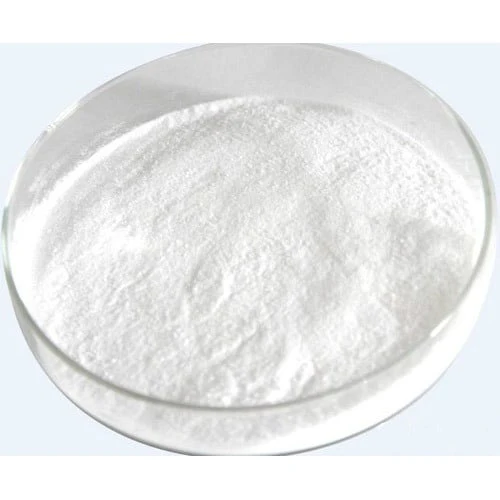
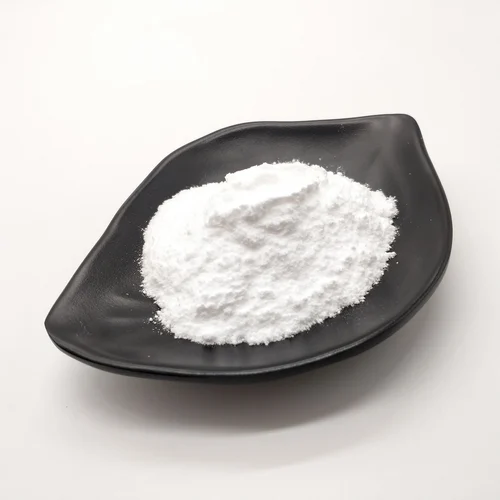
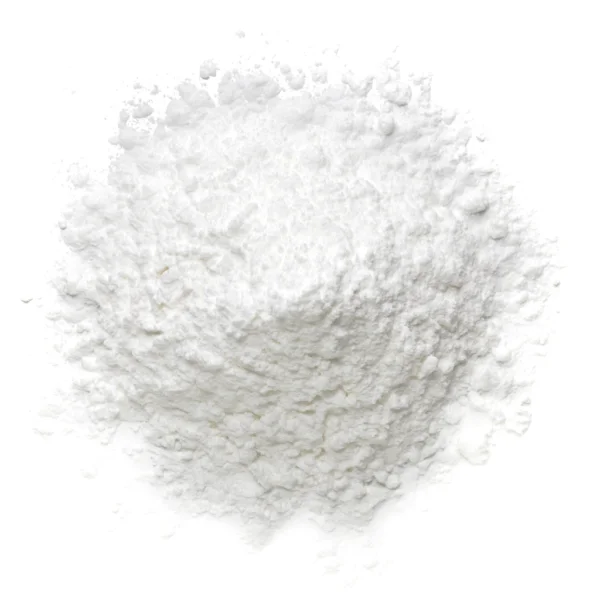
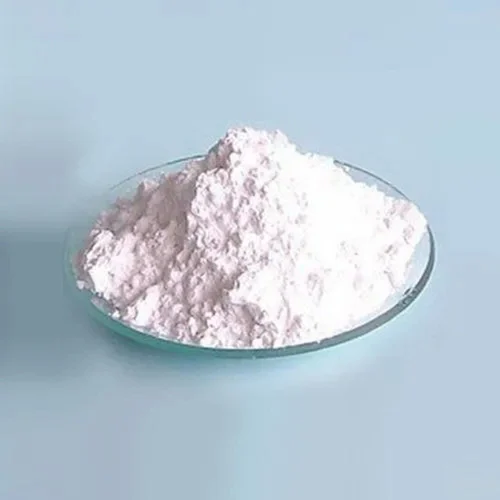
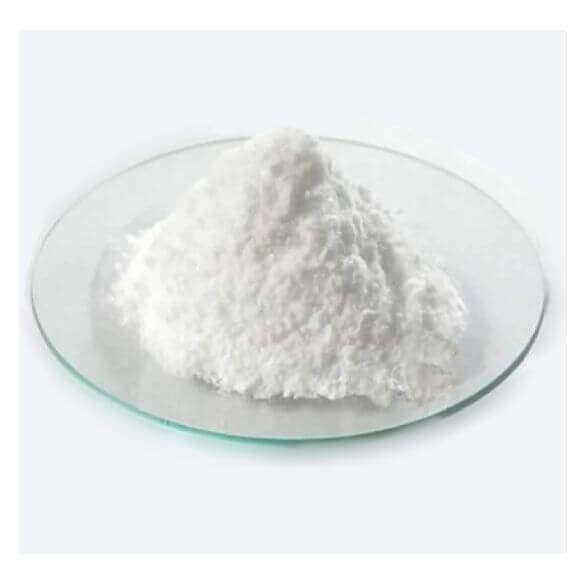
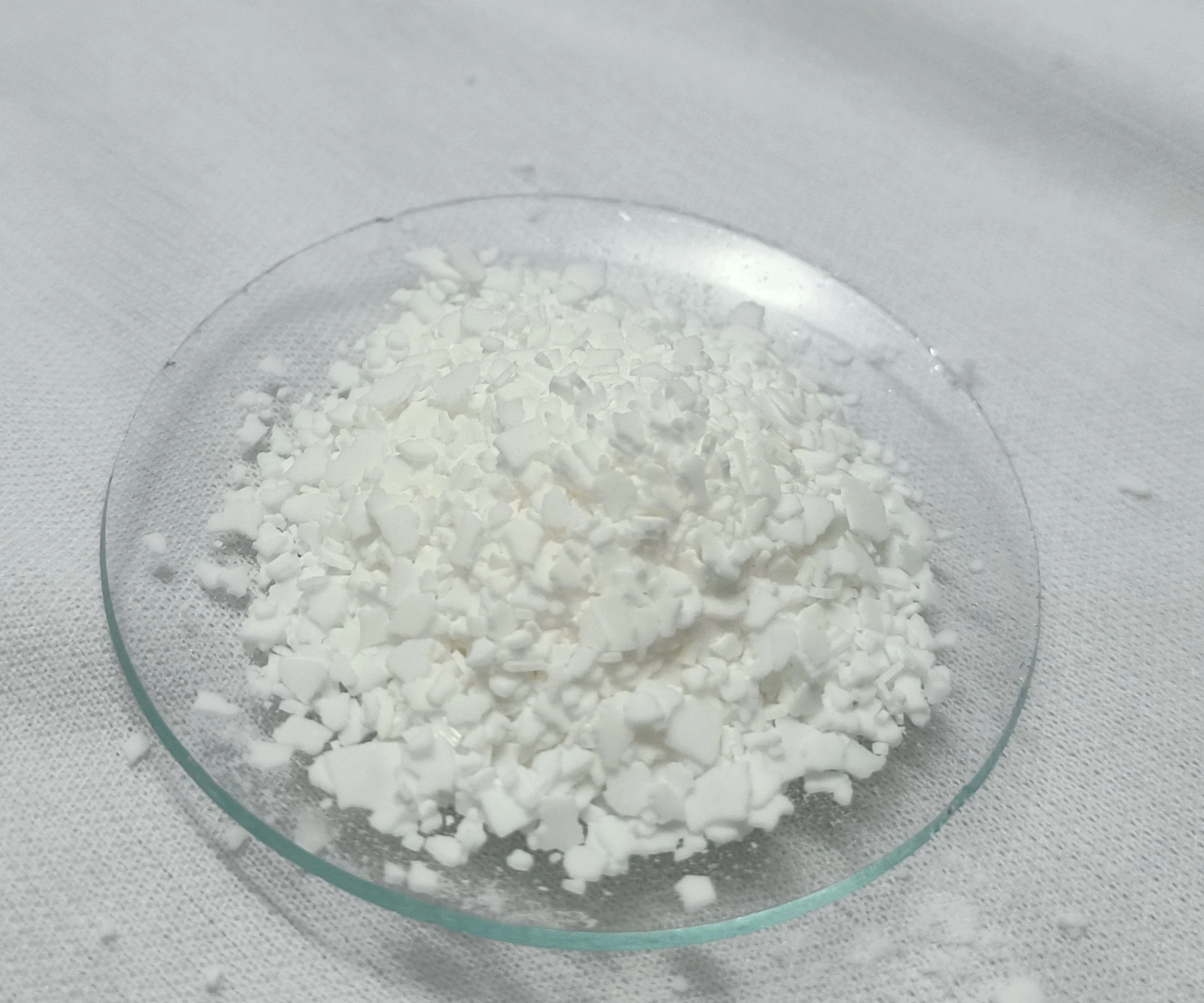

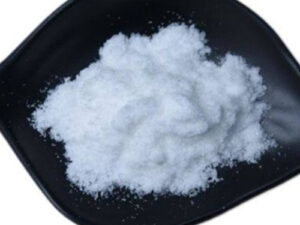
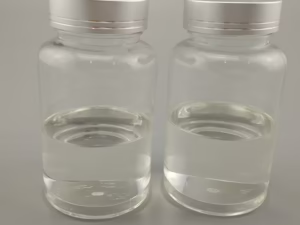

Reviews
There are no reviews yet.